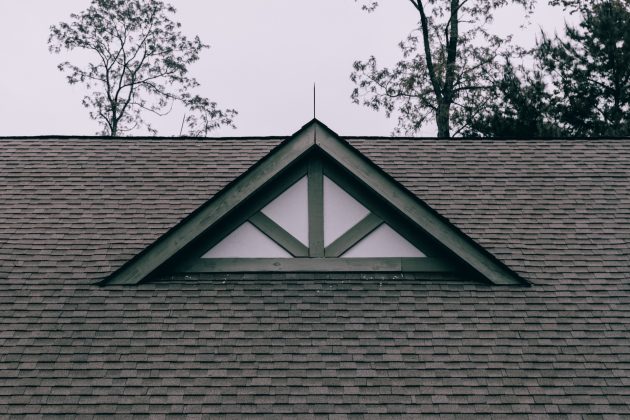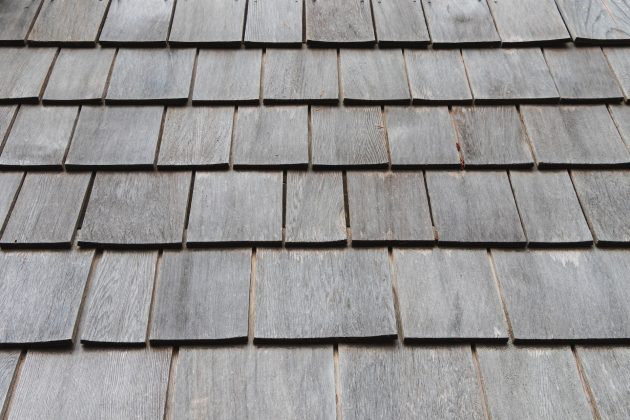About 66% of Americans are proud homeowners. If you’re part of their ranks, keeping your house in good shape should be a #1 priority. After all, home is where the heart is, and you deserve to be safe and comfortable.
Taking care of your roof is an important part of home maintenance. Read on for a roofing inspection checklist that will help you keep your house in top shape.
Look at Roof Surfaces
The first thing you’ll need to do is go onto your roof and take a look at its surface. Make sure that you wear boots with a strong grip. Have someone hold the ladder while you climb up to the roof. Staying safe should be your first priority.

Slowly walk around and check for any issues that you might have. Take note if you see any faded areas. Sagging, bending, and anything that looks remotely like water or dampness might all be problems. File them away for later so you can research what you see.
All this information will help you when you start to figure out what you need to be done and what contractors you should hire.
Check Your Gutters
Over time, gutters clog up with things like leaves, dirt, and foliage. This is a totally normal thing, but you’ll need to make sure that you get rid of these obstacles to drainage every once in a while.
Checking your gutters is possible on your own, but it’s not a good idea. It might not be safe, and you probably won’t catch the issues you’re looking for. You might want to contact gutter repair contractors to take a look at your drainage system. This will give you some expert input so you can be 100% sure that your home’s in great shape this year.
If your gutters are clogged, you’re probably going to wind up with water pooling on your roof. This makes sense since the gutters will just fill up all the way and water won’t fall out. Your whole drainage system will be messed up and your roof can develop water damage.
Debris Elimination
Your inspector’s going to need to clean any debris off your roof. This is because they need to be able to easily clean up and drain water from the rooftop. Otherwise, they’re not going to be able to get anywhere.
Some common debris items are leaves, branches, and garbage that came from drains. You also might have some dirt and grime buildup that the pros need to sweep away.
Getting rid of these obstructions means that it’ll be easier to figure out what’s up with your roof. The experts will be able to move around more safely.
Water Inspection
Preventing future water damage is important, but you also need to make sure that you don’t already have any. Make sure that your inspector takes a look around for pooling water.
If there’s some water damage on your roof, there’ll be color changes and stains. They’ll usually be around drains and are a sign that the drain lines are blocked up.
There might be a real problem with your drains and pipes, which a pro can figure out. They can fix any underlying problems so you don’t need to worry about water damage or dripping anymore.
Look for Shingle Problems
Shingles are what protect your roof and keep your home safe. They stop water from getting into your house. They’re what keeps your home strong on windy days or during natural disasters. Basically, they’re a huge part of your building’s structure that you need to keep safe.
One of the most important part of a roofing inspection is to look at the state of your shingles. Look to see if any are:
- Cracked
- Curled
- Split
- Broken
- Loose
- Sagging
- Losing a lot of granules
- Missing caulk
- Rusty or corroded
- Nailed down wrong
If you find any of these problems when looking at your roof, that’s a top priority. Your house won’t be secure and you’ll wind up with leaks and mold damage. Get a contractor to help you out ASAP.
Interior Roofing
Lots of people tend to forget that their roof isn’t only something that’s outside. It has an interior, too. This is usually an attic but can sometimes just be a little crawl space. No matter what, it’s the underside of your roof that’s visible inside your home.
- Ask your inspector to look for:
- Proper ventilation
- Visible cracks
- Whether there’s light coming in from outside (holes in the roof)
- Sagging decking between rafters
- Signs of condensation
- Mold formation
This will keep your roof safe from the inside out!
Perform a Full Roofing Inspection ASAP
Now that you have a full roofing inspection checklist for modern homeowners, it’s time to get started. Take a look at what you need done on your roof and decide what you can DIY safely. When in doubt, hire a pro. They’ll help you find any problems you missed, use expert knowledge to help you, and keep safe with the right gear and equipment.















